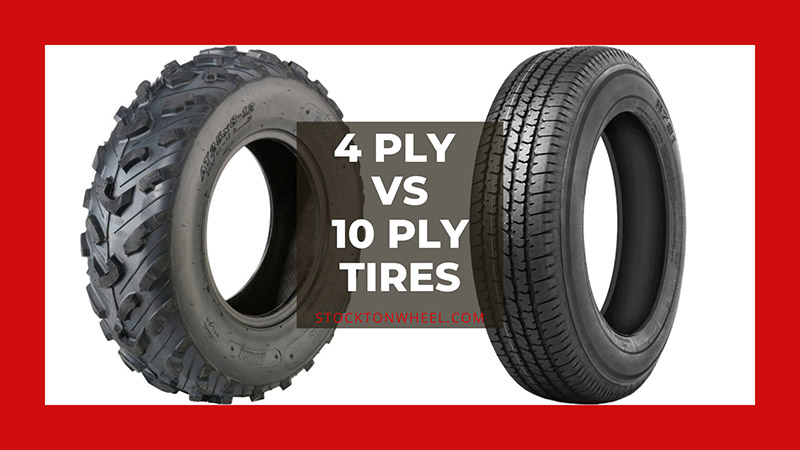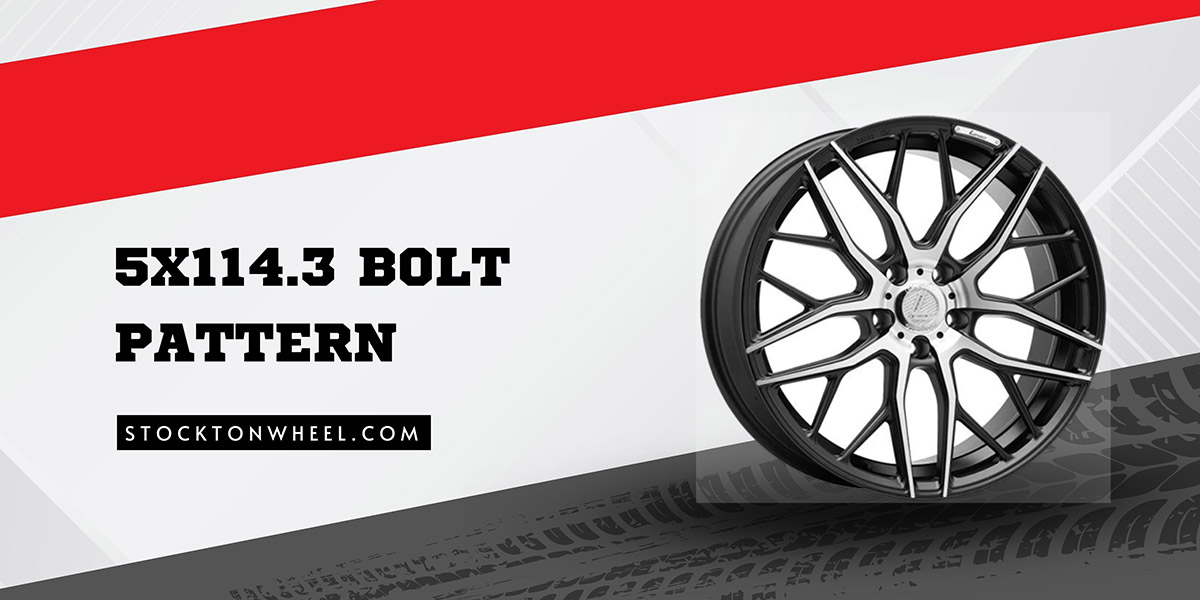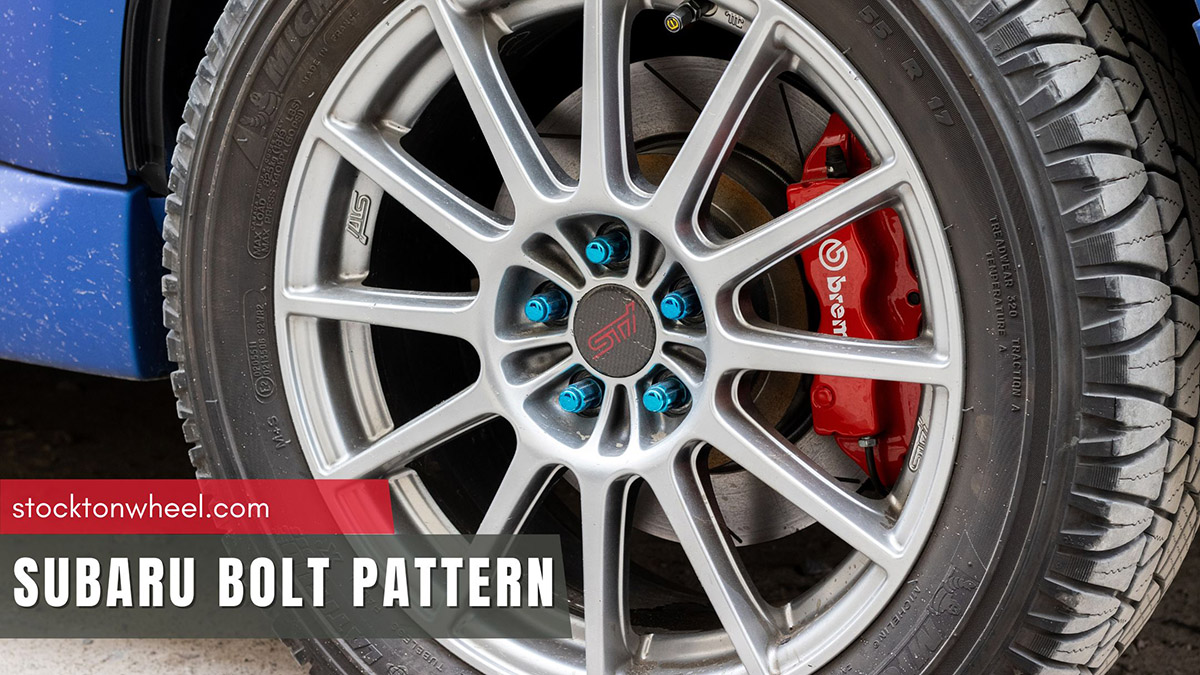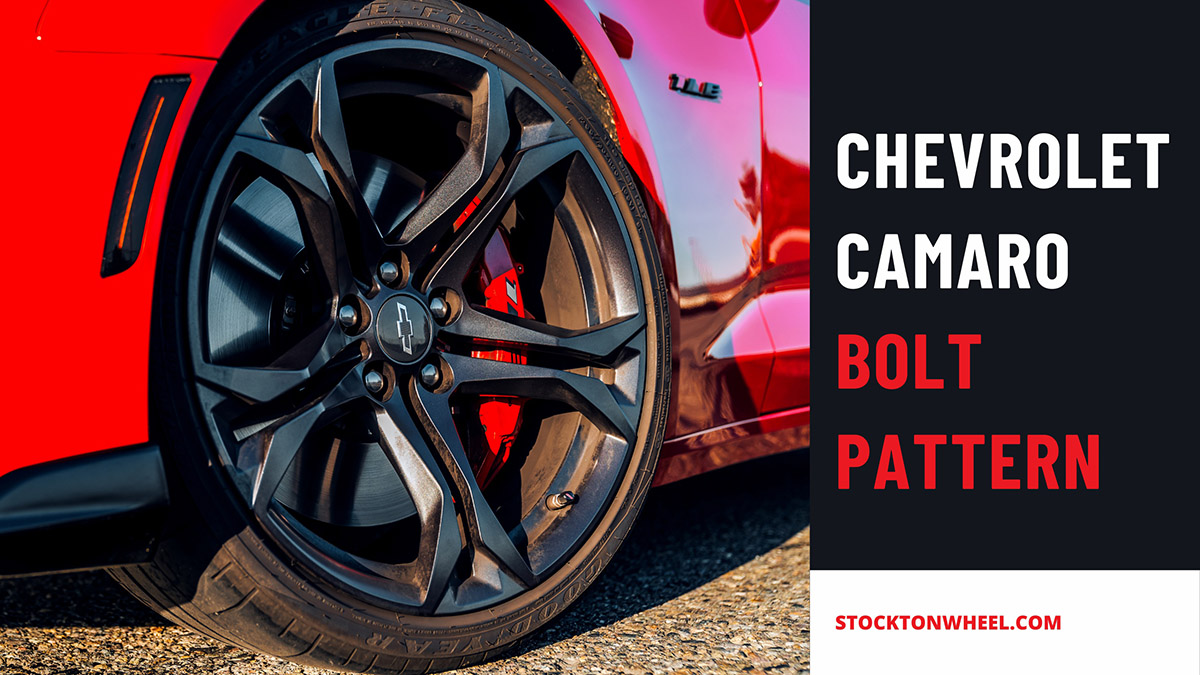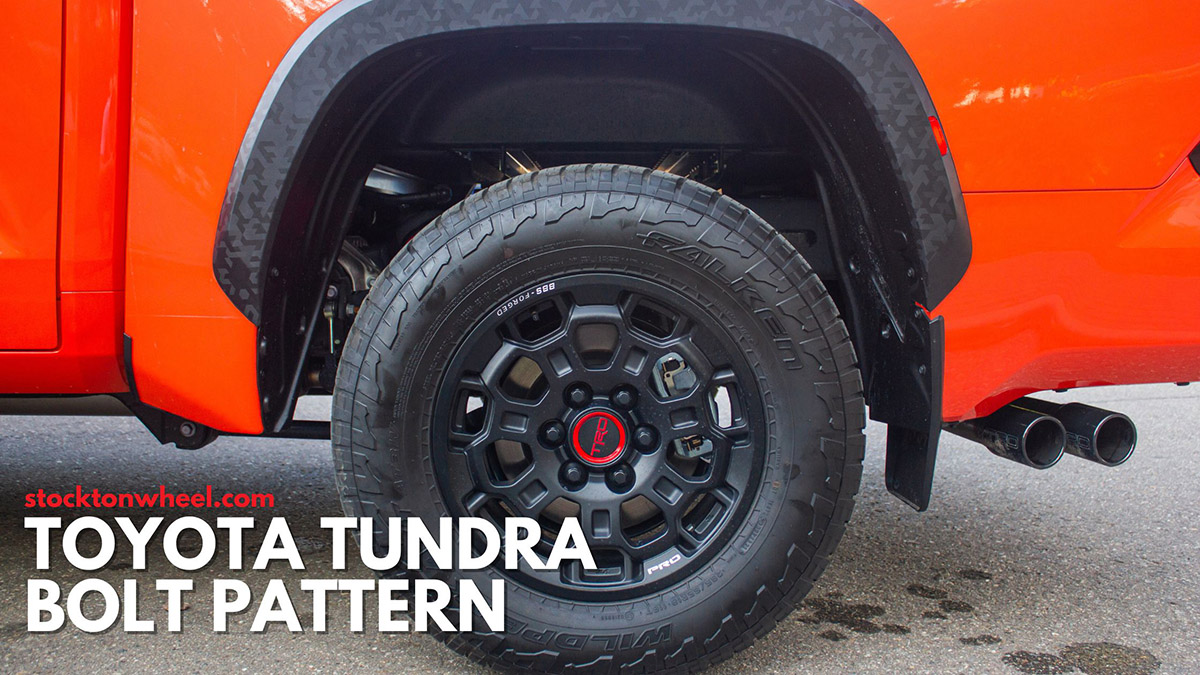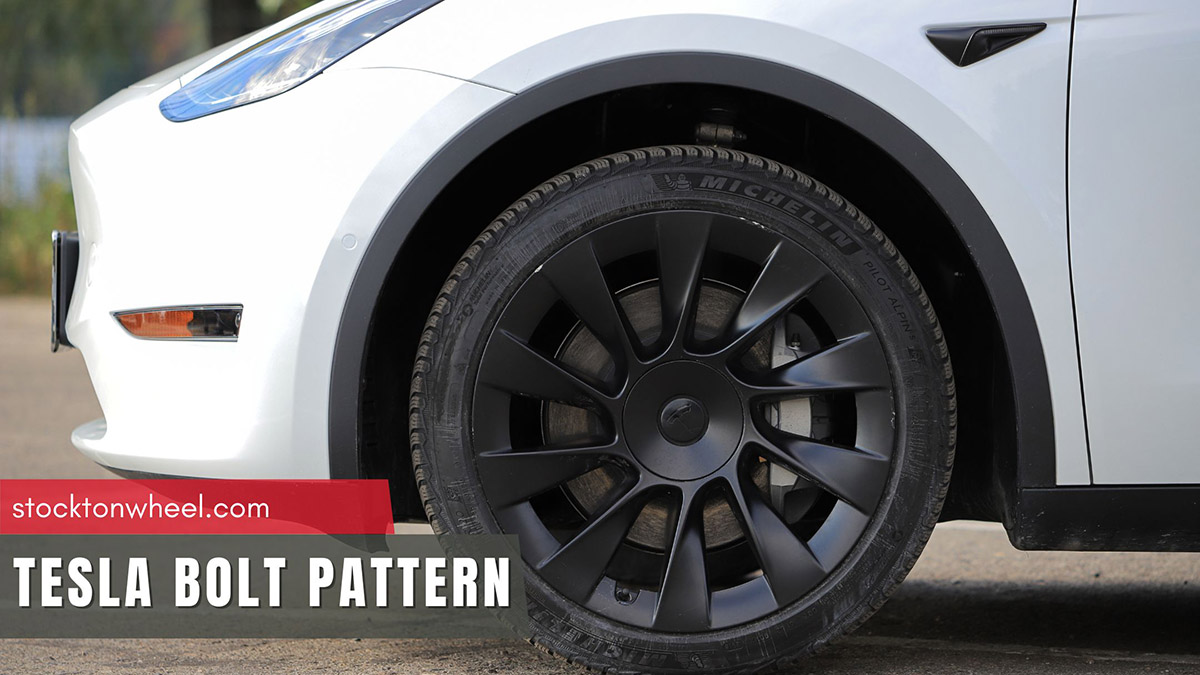When it comes to choosing tires for your vehicle, one important decision to make is the ply rating. Two popular options often compared are 4 ply and 10 ply tires. Are 10 ply tires better? Or is it the 4 ply rating?
I’ll walk you through the key differences between these two types. This will help you determine which one is the right fit for your driving needs.
In this article:
What Is A 4 Ply Tire?
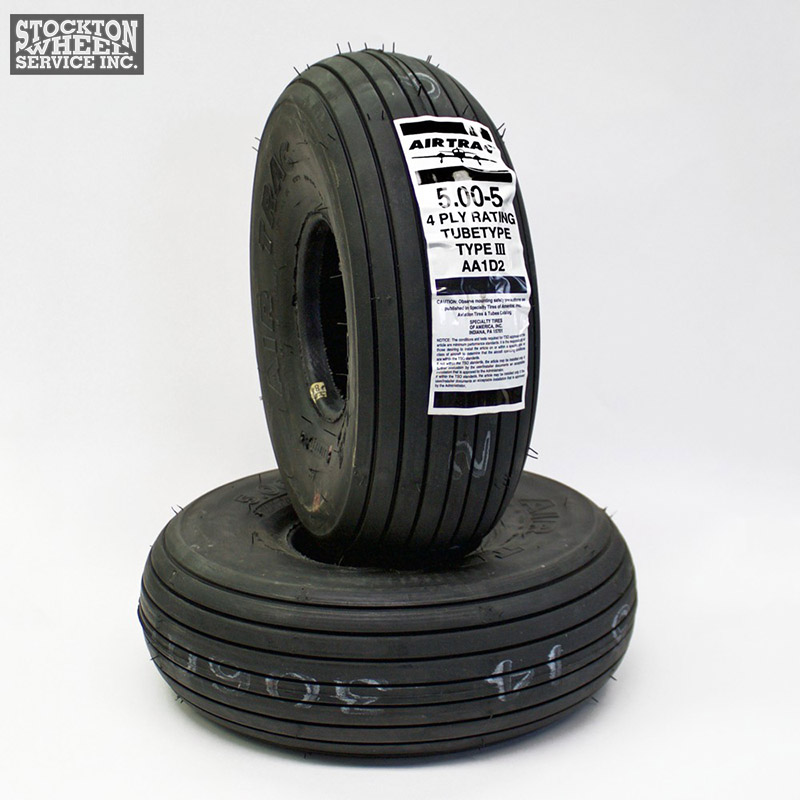
A 4 ply tire rating means that it comprises 4 material layers reinforcing the sidewall. Each ply consists of rubber-coated fabric cords running across the tire’s sidewall and tread area.
Pros
- Decent Durability: The multiple plies in a 4-ply tire offer enhanced durability, making it more resistant to punctures and cuts. This construction allows the tire to withstand rough road conditions and increases its overall lifespan.
- Enhanced Stability: These tires provide excellent stability, especially at higher speeds. The additional layers of reinforcement minimize sidewall flexing, resulting in improved handling, cornering, and overall strength on the road.
Cons
- Reduced Ride Comfort: Their added stiffness and rigidity can lead to a slightly harsher ride compared to tires with fewer plies. The reduced flexibility may transmit more road imperfections and vibrations to the vehicle’s cabin.
- Noise: Their firmer construction can also contribute to increased road noise. The stiffer sidewalls and tread may generate more audible vibrations and tire noise, which could be noticeable, especially on rough or uneven surfaces.
- Poor Load Capacity: These tires can not handle too heavy loads and are commonly used for light-duty applications.
What Is A 10 Ply Tire?
The term “10-ply tire” describes 10 layers of rubber-coated cloth cords that cross the tread and sidewall, giving the tire’s structure strong support and greater load capacity. You can use them for off-road or towing applications.
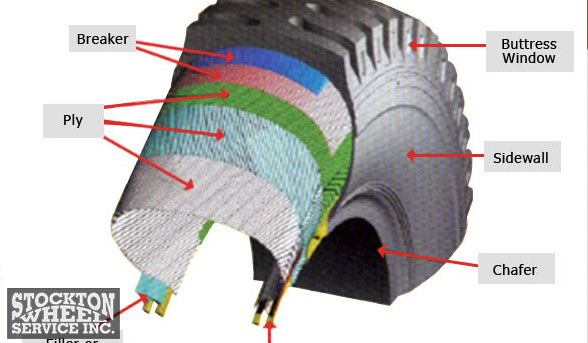
Pros
- Better Mileage: These tires are made to be less in weight while maintaining stability and capacity when driving on difficult roads.
- Advanced Traction: For vehicles traveling off-road trails, like heavy-duty cars and trucks, where trade-offs are favored over mileage, more rubber plies enhance friction between the tire and road, resulting in more grip.
- Improved Convenience: Since they can readily manage both terrains with little harm done to their parts, these tires are suitable for cars on both on- and off-road paths.
- Great Load Capacity: With their sturdy construction, these tires can handle heavier loads. They are commonly used in commercial vehicles, SUVs, and trucks that require the ability to carry substantial weight or tow heavy trailers.
Cons
- Heavy Weight: 10 ply tires are also significantly heavier than other tire kinds. As a result of the additional weight they bring to the automobile, you’ll likely experience worse gas mileage and difficulty accelerating.
- Insufficient Road Handling: These tires don’t perform as well on uneven or bumpy surfaces.
Which Is Better: 10 Ply Or 4 Ply Tires?
If you have to tow heavy loads or going off road frequently, go for the 10-ply ones for superior durability and strength, suitable for large pickup trucks, SUVs, or heavy-duty vehicles. 4-ply tires ensure a more affordable, comfortable and less noisy ride – best for light trucks or passenger cars.
Cost
There are good reasons why 10-ply tires are more expensive than lower-ply tires. To increase their durability, load capacity, and resistance, manufacturers add additional layers, advance technology, and create distinctive tread designs.
Although 4-ply tires are less expensive, they cannot be used on heavy-duty vehicles like trucks or trailers. Therefore, in my opinion, you get exactly what you pay for, and the costs associated with each type of tire are very reasonable.
Mobility
According to the manufacturers, only light cars should use tires with 4 layers. This typical form is suitable on level surfaces but not for demanding jobs like towing or hauling big loads. Most cars in towns or cities are of this sort. For heavier loads, people may utilize 6-rated tires.
In the other direction, trailers, lorries, or containers usually have 10-ply tires. Those are vehicles that can carry huge loads. This vehicle is ideal for towing heavy loads, hauling cargo, and traveling on unpaved or gravel roads.
Fuel Efficiency
Fuel consumption statistics for these two rating goods are also relevant to drivers. In this regard, the 4 rating was better.
With regard to the 10 plies, they are frequently used in heavy transport operations.
For instance, it can carry that weight range in a single journey if you have to transport a large number of things rather than doing so throughout 2 or 3 trips. As a result, it provides consumers with fuel efficiency when using heavy transportation.
Performance & Traction
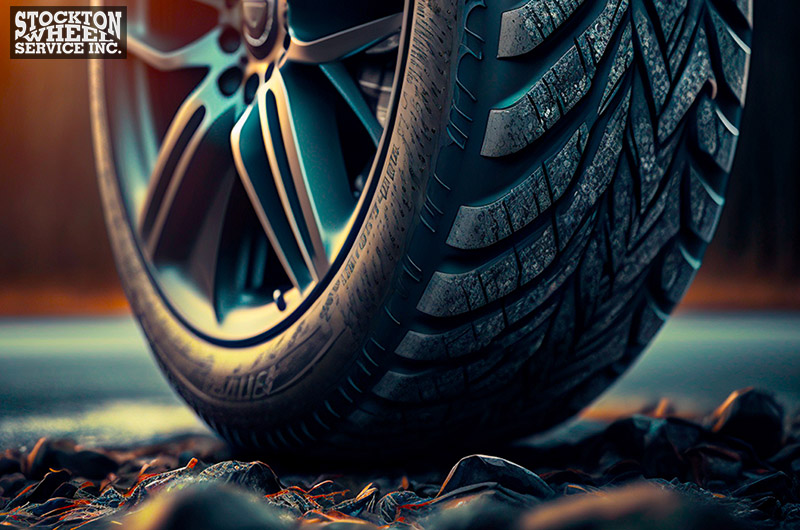
Due to its flexible design, the 4-ply product offers good grip in all conditions. Warm, dry conditions are ideal for it to function. So when traveling on long highways in towns and cities, it is preferable to use 4-ply tires.
Its standout feature is operational agility, guaranteeing safety when turning or abruptly using the brakes.
Although the tire with 10 layers might function admirably, it still has less traction than its rivals. With its off-road nature, utilizing this tire in the city can be difficult, especially on flat, icy roads.
But 10-ply tires provide superior traction, grip, and resistance to punctures during off-road adventures. Plus, these tires’ outstanding towing capability enables the car to function normally on rocky or muddy roads without rolling over.
Durability
The 10-layer tires will last longer than their counterparts. They come with a stiffer structure, notably the sidewall, due to its primary uses, which are off-road rides and heavy freight.
This type’s sturdy construction enables us to navigate difficult terrain, such as pebbles, dirt, potholes, etc., without damaging the tire’s shape.
This does not imply that tires with a rating of 4 are not long-lasting, either. Driving in urban, suburban, and semi-rural settings is recommended for these goods. The 4-ply tires are financially worthwhile unless we exceed the standard load range.
Noise
Drivers claim that tires with 4 layers have less noise than those with lower ratings. This product has a flexible architecture mostly containing soft compounds, resulting in smooth rides and reduced noise.
The 10-ply tire’s construction is more extreme to support a wider load range. Additionally, it has deeper grooves for driving off-road. As a result, the 10-layer products will be noisier than their rivals.
Summary
After considering and experiencing both types, here is my conclusion.
| Aspect | 4 Ply Tires | 10 Ply Tires |
| Cost | More affordable | Pricey |
| Mobility | Limited | Better |
| Fuel Efficiency | Better | Slightly lower |
| Performance & Traction | Better traction | Less traction |
| Durability | Less durable | More durable |
| Noise | Quieter | Louder |
| Best For | Everyday driving, light-duty use | Heavy-duty applications, towing, off-roading |
Frequently Asked Questions
Is 10 Ply A Good Tire?
Yes, these are generally considered great for heavy-duty applications and off-road driving. They are also suitable for situations requiring high load-carrying capacity and enhanced durability.
Is A 4 Ply Tire Good For Off-Road?
While 4-ply tires can handle light off-road conditions, they may not provide the same level of performance and durability as higher-ply-rated tires. For more demanding off-road situations, it is recommended to use tires with a higher ply rating for better traction, resistance to punctures, and overall off-road capability.
Are Thicker Tires Better Off-Road?
Yes, as they provide increased ground clearance, better traction, and improved puncture resistance. Their larger size and aggressive tread patterns enhance off-road performance, allowing for better maneuverability on rough terrains.
The Bottom Line
The choice between 10 vs 4 ply tire depends on your specific requirements and priorities. The former excels in durability, load-carrying capacity, and off-road capabilities. Meanwhile, the latter guarantees affordability, smoother rides, and adequate performance for everyday driving.
See more: 10-ply vs 12-ply tires

